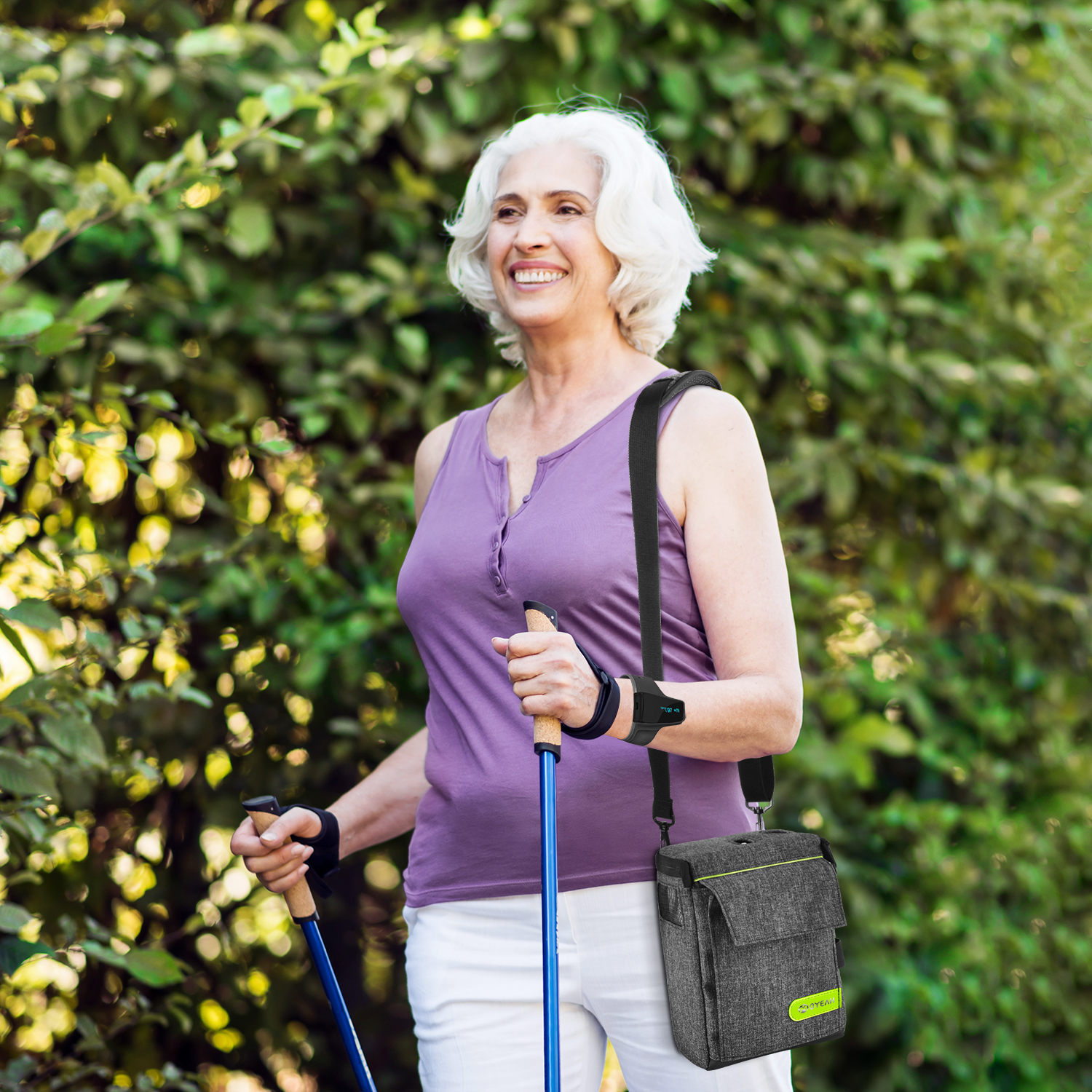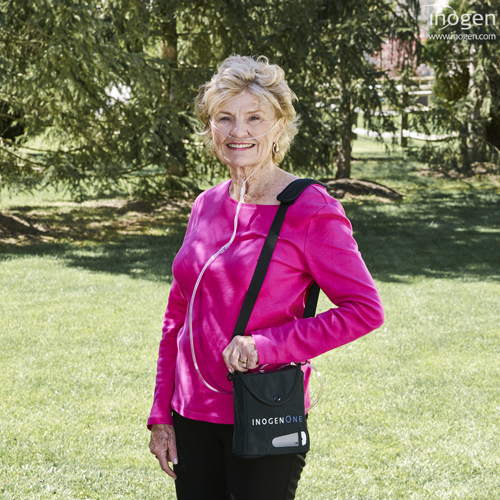The 8-Minute Rule for Portable Oxygen Concentrators
Table of ContentsOur Portable Oxygen Concentrators PDFsPortable Oxygen Concentrators for BeginnersNot known Factual Statements About Portable Oxygen Concentrators Our Portable Oxygen Concentrators PDFs
Fixed oxygen concentrators were when the requirement, but these containers might weigh 50 extra pounds and were extremely difficult (Portable Oxygen Concentrators). Now, mobile oxygen concentrators finish the job, and they can suit a handbag or handbag! The only point you need to bear in mind is that portable concentrators have a lot more minimal oxygen distribution abilitiesThere are two main kinds of mobile oxygen concentrators: pulse dose and constant circulation. As the name suggests, pulse dose concentrators offer oxygen periodically, just activating when you inhale. This kind of tool is typically advised for COPD people with limited oxygen demands, as the amount of O2 that a pulse dosage concentrator can deliver is relatively low.
This gadget can supply up to 3,000 m, L of oxygen every minute, while pulse dosage devices tend to top out at 1250 m, L. Continual circulation devices are the go-to for a lot of COPD individuals, as they're perfect for people that require 2 to five litres of oxygen a minute.
Since you have this guide to the different types of portable oxygen equipments, choose the very best tool with the help of your medical professional. You can discover our blog sites for more information about the kinds of portable oxygen readily available and our other items, like tubing and cannulas. Or you can call us straight with any kind of details concerns you may have.
Facts About Portable Oxygen Concentrators Revealed
We understand Americans make use of domestic versions in home treatment scenarios. We wondered how well these mobile oxygen concentrators would certainly operate in medical facilities. POC concentrators enhance the percentage of oxygen in ambient air individuals take a breath in, whenever they require a boost. Private-use ones are little adequate to bring about, and might aid avoid the need to see busy centers and healthcare facilities.
When it concerns portable oxygen therapy, there are 2 primary choices for distribution. These are portable oxygen cylinders which have compressed oxygen gas, or oxygen concentrators, which utilize a battery powered system to press and filter air, in order to produce a consistent supply of concentrated oxygen. In this blog post, AMS Compound Cylinders Technical Supervisor, Tony Morrin, contrasts the 2, checking out the pros and disadvantages of each oxygen shipment system for NHS medical oxygen customers in terms of person autonomy.

Mobile Oxygen Concentrator Oxygen purity is continually higher when provided from cylinders it never ever goes down listed below 99. 6%, no matter the circulation price called for. In battery-powered concentrators, pureness is affected by flow price, and may be 90% or less, depending upon the devices. Whilst oxygen concentrators can be valuable for clients that call for a reduced flow of oxygen, cyndrical tubes offer higher concentrations that can be preferable for people with high flow needs.
Not known Facts About Portable Oxygen Concentrators
Both systems need the individual to bring around devices. For cyndrical tubes, this will certainly consist of carrying a bag (and occasionally a trolley) look at more info and for mobile oxygen concentrators this will include the bag, cart and power battery charger. Weight sensible, mobile oxygen concentrators can be comparable in weight, or occasionally, lighter than conventional aluminium cyndrical tube systems.
They will certainly have to improve dramatically if they are to supply the very same degree of performance as similar composite cylinders. Oxygen always carries a safety risk. On one hand, must cyndrical tubes spring a leak, they can develop an oxygen abundant atmosphere that could bring about a boost in fire danger.

The difference is that there are significant in advance costs to acquiring a mobile oxygen concentrator, but lower running expenses utilizing cyndrical tubes enables the buyer to spread out the expense over a prolonged amount of time. One small disadvantage of a mobile oxygen concentrator is the noise portable systems make a significant amount of noise throughout procedure, which several people discover disruptive.
Things about Portable Oxygen Concentrators

Our premium carbon composite cylinders use high pressure (300 Bar), reduced weight, and NLL (Non-Limited Life) performance, and are accredited for use worldwide. Further details concerning AMS Composite Cylinders Ltd can be located at .
Oxygen concentrators are created with user wheelchair in mind. Whether it's a desktop computer version for home use or a smaller sized, lightweight design for on-the-go, these devices allow individuals to relocate openly without being tethered to a fixed device. Specifically for the ones specifically designed for portability, patients can carry them around, facilitating traveling and daily activities easily.
One of the significant conveniences of using an oxygen concentrator is the removal of the constant demand to re-fill oxygen storage tanks. This not just lowers the logistical difficulties and recurrent expenses connected with refills however also ensures that the user has an extra predictable and stable resource of oxygen. Oxygen concentrators are created to fit effortlessly into the home setting.